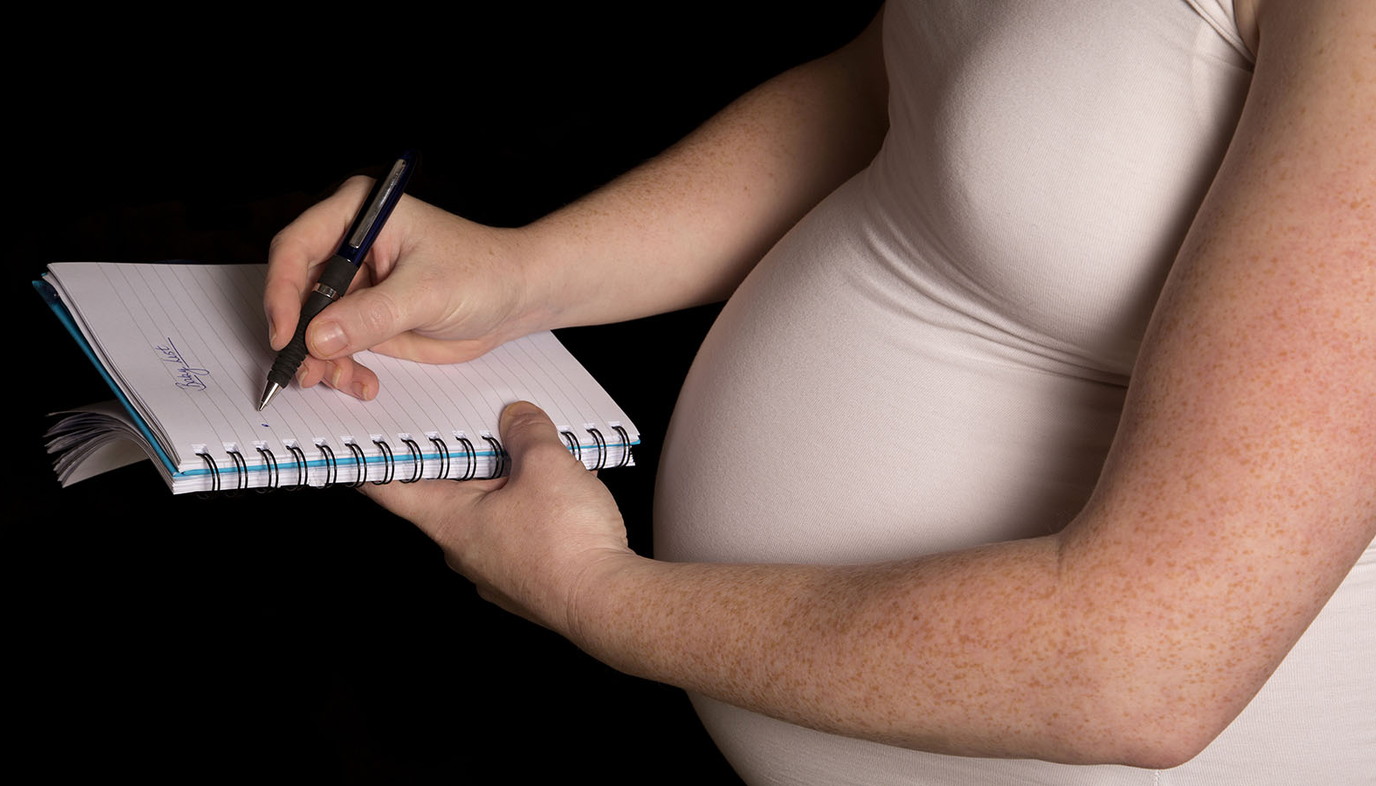
Your pregnancy is close to over now. This week marks your thirty-fifth week of pregnancy. It may be hard to imagine that your pregnancy is almost over. It won’t be long before you will be holding your little boy or girl in your arms. By now, you have probably taken a childbirth class and have most of the things you need for your baby. If you haven’t written your birth plan yet, this week’s newsletter is for you. We are going to help you with ideas for your birth plan this week, and also we will give you some things to remember for when you are in labor. We are going to give you a stages-of-labor cheat sheet in this week’s newsletter to help you remember what to do during each stage of labor.
What Is Going on with Mom & Baby

Baby is the size of a honeydew!
Baby: Baby’s crown to rump length is around 34 cm (13.4 inches). Your baby weighs about 2600-2750 grams ( 5.7-6 pounds). Your baby’s fingernails reach the end of his fingers now. His lungs are fully developed and producing surfactant. If your baby were born right now, he would probably not be able to go home from the hospital with you but he would have a 99 percent chance of surviving.
Mom: You are fast approaching your due date. You will start seeing your doctor once a week now. Your doctor may start doing cervical checks now to see if your cervix is starting to dilate or efface (thin out).
This Week’s Pregnancy Checklist
Talk to your doctor about having a Group B strep test done. (It is normally done between 35-37 weeks) You may want to start doing perineal massages to avoid tearing or episiotomy. Have your partner talk to his employer about taking days off work after your baby is born. Schedule your maternity leave. Update your list of phone numbers to call after baby is born. Take a new belly picture for your scrapbook or journal.
Writing Your Birth Plan
A birth plan is a great tool to help you communicate with your doctor and hospital staff. A written birth plan tells your doctor and the nurses that will be assisting in your delivery what you want or don’t want to happen at your birth. Now, things do not always go according to plan, but a birth plan will serve as a guide for everyone involved in your baby’s birth. You can write your birth plan from scratch or you can use Justmommies printable birth plan to help you.
What to Include in Your Birth Plan
There are so many things that you could put in your birth plan, but try to highlight the issues or concerns that are most important to you. Try to keep your birth plan brief and to the point. If your plan is too wordy, it may not be as useful or some of your concerns may be overlooked. Some things you may want to include:
- Fetal monitoring - include how you would prefer to be monitored.
- Pain relief - include what you would like to use for pain relief. Be specific about which medications you would prefer. If you do not want any medications offered, include this in your birth plan. Or you may want to write something in your plan stating that you only want medications if you specifically request them.
- Episiotomy - include your preference on having an episiotomy.
- Pushing - if you would prefer not to push until you feel an urge to push or until you are feeling ready, include this in your birth plan.
- Umbilical cord & placenta - include in your plan if you would like your partner to cut the cord (or not), when to cut the cord, and if you want to see the placenta, if that is important to you.
- Baby - include your preferences for where your baby will sleep or when he or she will be separated from you. Also include your preferences for breastfeeding or formula feeding. If you want help breastfeeding, put this in your plan. Conversely, if you don’t want to breastfeed and do not want to be asked about breastfeeding, include this in your plan. Also include any diapering or pacifier concerns you have in your plan.
- Circumcision - include your preferences on circumcision (or not circumcising) in your plan.
Stages of Labor Cheat Sheet
Here is a quick cheat sheet of what you can expect during labor.
First Stage (Starts with Contractions and Ends When You Are 10cm Dilated) |
| Early Labor (Your Cervix Is Dilated to Around 0-3cm) |
|
| Active Labor: (Your Cervix Is Dilated to Around 4-7cm) |
|
| Transition (Your Cervix Is Dilated to Around 8-10cm) |
|
Second Stage (Pushing & Delivering Your Baby) |
|
Third Stage (Delivering the Placenta) |
Next Week: 36 Weeks Pregnant: Your Pregnancy Week by Week |

